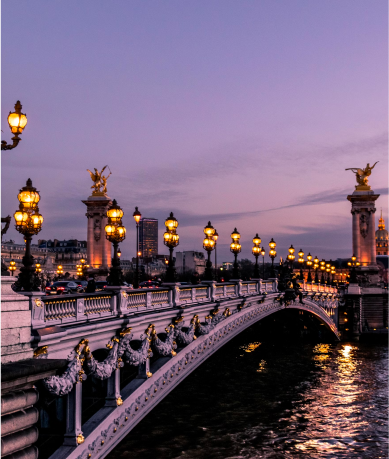Memorial Day (originally known as Decoration Day) is a federal holiday in the United States for honoring and mourning the U.S. military personnel who have died while serving in the United States Armed Forces.
Many people visit cemeteries and memorials on Memorial Day to honor and mourn those who died while serving in the U.S. military. Volunteers place American flags on the graves of military personnel in national cemeteries. On Memorial Day, the flag of the United States is raised briskly to the top of the staff and then solemnly lowered to the half-staff position, where it remains until noon. It is then raised to full-staff for the remainder of the day.
The first national observance of Memorial Day occurred on May 30, 1868. Then known as Decoration Day, the holiday was proclaimed by Commander in Chief John A. Logan to honor the Union soldiers who died in the Civil War. One author claims that the date was chosen because it was not the anniversary of any particular battle. The world wars turned it into a day of remembrance for all members of the U.S. military who fought and died in service.
The name "Memorial Day", first used in 1882, gradually became more common than "Decoration Day" after World War II but was not declared the official name by federal law until 1967. On June 28, 1968, Congress passed the Uniform Monday Holiday Act, which moved four holidays, including Memorial Day, from their traditional dates to a specified Monday in order to create a convenient three-day weekend. The change moved Memorial Day from its traditional May 30 date to the last Monday in May.
Memorial Day is also considered the unofficial beginning of summer in the United States. In 1913, one Indiana veteran complained that younger people born since the war had a "tendency ... to forget the purpose of Memorial Day and make it a day for games, races, and revelry, instead of a day of memory and tears". The Veterans of Foreign Wars and Sons of Union Veterans of the Civil War advocated returning to the original date. The VFW stated in 2002 that “changing the date merely to create three-day weekends has undermined the very meaning of the day.”
In 2000, Congress passed the National Moment of Remembrance Act, asking people to stop and remember at 3:00 pm.
In 1915, following the Second Battle of Ypres, Lieutenant Colonel John McCrae, a physician with the Canadian Expeditionary Force, wrote the poem, "In Flanders Fields". Its opening lines refer to the fields of poppies that grew among the soldiers' graves in Flanders. In 1918, American professor and humanitarian Moina Bell Michael conceived the idea of using the poppy as a symbol of remembrance. In 1920, the National American Legion adopted it as its official symbol of remembrance. This symbol appears in Memorial Day-like observances in other countries: ANZAC day (Australia & New Zealand), Remembrance Day (United Kingdom & Canada), Jour du Souvenir (France), and Volkstrayertag (Germany).
War and aggression are a plague we can’t seem to escape. Peace, freedom, and security come from the courageous sacrifices of their brave defenders, and the loved ones they have left behind. As we enjoy this weekend, let us honor those who made this sacrifice and those still fighting today against oppression, prejudice, and tyranny.

 Request information
Request information








